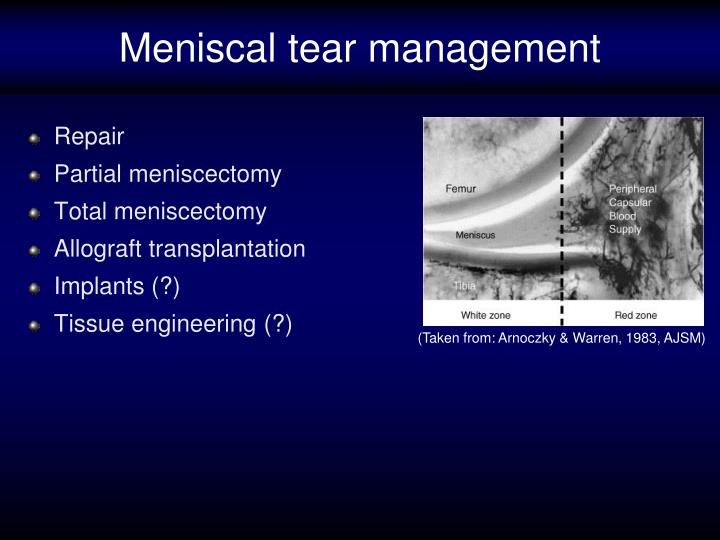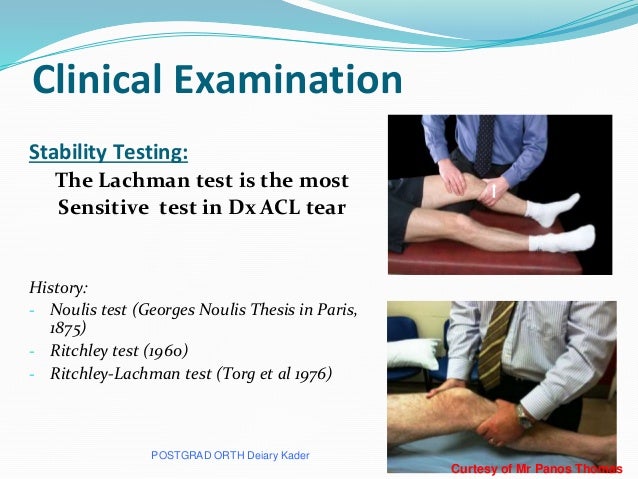A bucket handle tear of the meniscus occurs on the outer portion of the meniscus cartilage and causes a vertical slice through the meniscus. the attachments of the meniscus remain intact, and the torn portion of the meniscus pulls into the center of the joint.. Bucket-handle tears; horizontal cleavage tears; complex, degenerative tears; these three major techniques will significantly prevent and reduce the risk of a meniscus tear. treatment. tear of medial meniscus. presently, treatments make it possible for quicker recovery.. Arthroscopy is the method used to repair a bucket handle tear. during the procedure, the arthroscopy is conducted by placing a small camera in the knee to see the meniscus tear. in most cases, bucket handle tears are usually flipped over and stuck in the middle of the knee. so during the procedure, the flat needs to be put back into its position..
A bucket-handle meniscus tear is a tear in which the inner torn fragment can flip back and forth like the handle of a bucket. it is a common type of tear in young athletes. it almost always requires surgery for a few reasons.. A bucket handle meniscus tear is a severe form of longitudinal or vertical tear where the central part of cartilage tissue gets detached from the tibia bone and is displaced from its position. thus, a flap is formed that looks very similar to a bucket handle. it occurs mostly around the edge of the meniscus.. In addition, tears that run vertically through the meniscus can frequently be repaired with arthroscopic surgery leaving the entire meniscus intact. bucket handle tears may require partial removal, depending on the severity of the injury. repairs are treated with a combination of sutures that are inserted to treat the torn cartilage..



No comments:
Post a Comment